Energy Harvesting Potential
The potential for energy harvesting using piezoelectric materials is emerging as a significant driver for the Piezoelectric Materials Market. These materials can convert mechanical energy from vibrations, movements, or pressure into electrical energy, making them ideal for powering small devices and sensors. The energy harvesting market is anticipated to grow substantially, with estimates suggesting it could reach 1 billion USD by 2025. This growth is fueled by the increasing need for sustainable energy solutions and the desire to reduce reliance on traditional power sources. As industries seek innovative ways to harness energy, the Piezoelectric Materials Market is likely to experience heightened interest and investment.
Growth in Automotive Applications
The automotive sector is increasingly adopting piezoelectric materials for various applications, including sensors, actuators, and energy harvesting systems. The Piezoelectric Materials Market is expected to benefit from the rising demand for advanced driver-assistance systems (ADAS) and electric vehicles (EVs). As the automotive industry shifts towards automation and electrification, the need for reliable and efficient piezoelectric components is likely to grow. Reports suggest that the automotive piezoelectric sensor market could reach 2 billion USD by 2025, highlighting the potential for expansion within the Piezoelectric Materials Market. This growth is driven by the need for enhanced safety features and improved vehicle performance.
Advancements in Medical Technology
The medical technology sector is witnessing a surge in the utilization of piezoelectric materials, particularly in diagnostic and therapeutic devices. The Piezoelectric Materials Market is poised for growth as these materials are employed in ultrasound imaging, surgical tools, and drug delivery systems. The Piezoelectric Materials is projected to exceed 500 billion USD by 2025, with piezoelectric components playing a pivotal role in enhancing device functionality and patient outcomes. This trend suggests a promising future for the Piezoelectric Materials Market, as innovations in medical technology continue to drive demand for advanced materials that improve diagnostic accuracy and treatment efficacy.
Rising Demand in Consumer Electronics
The increasing integration of piezoelectric materials in consumer electronics is a notable driver for the Piezoelectric Materials Market. Devices such as smartphones, tablets, and wearables utilize these materials for sensors and actuators, enhancing functionality and user experience. The market for consumer electronics is projected to reach approximately 1.5 trillion USD by 2025, with piezoelectric components playing a crucial role in this growth. As manufacturers seek to improve device performance and energy efficiency, the demand for advanced piezoelectric materials is likely to rise, thereby propelling the market forward. This trend indicates a robust future for the Piezoelectric Materials Market, as innovations in electronics continue to evolve.
Increased Research and Development Activities
The ongoing research and development activities in the field of piezoelectric materials are driving innovation and expansion within the Piezoelectric Materials Market. Academic institutions and private companies are investing in the exploration of new materials and applications, which could lead to breakthroughs in performance and efficiency. The global investment in R&D for advanced materials is projected to reach 300 billion USD by 2025, indicating a strong commitment to innovation. This focus on R&D is likely to yield new piezoelectric materials with enhanced properties, thereby broadening the scope of applications and fostering growth in the Piezoelectric Materials Market.

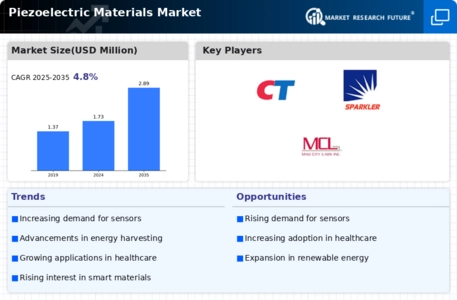
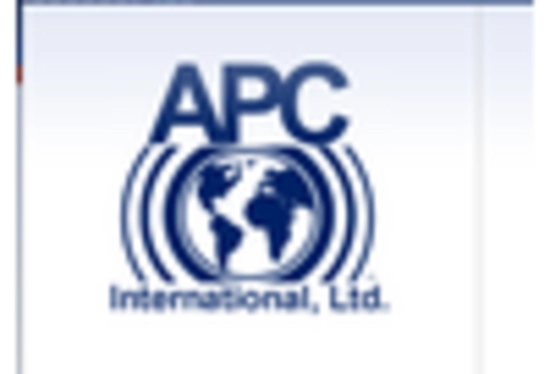
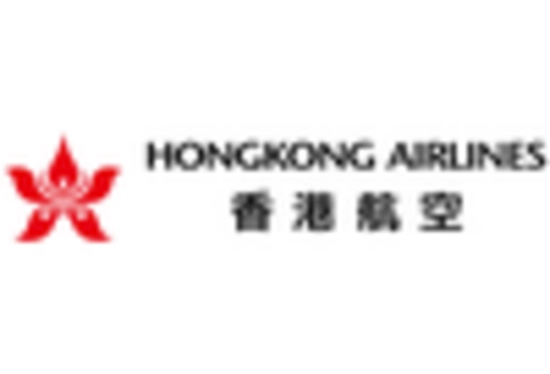
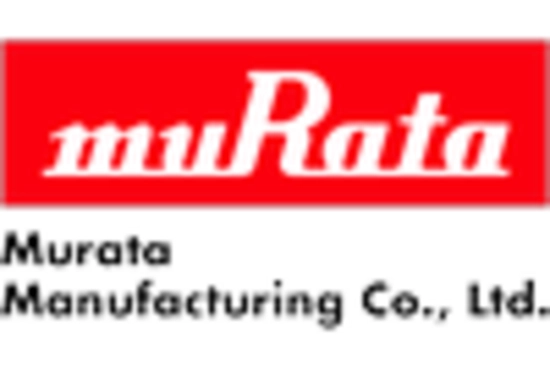

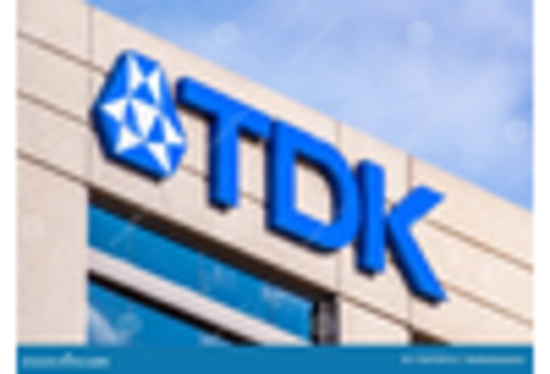
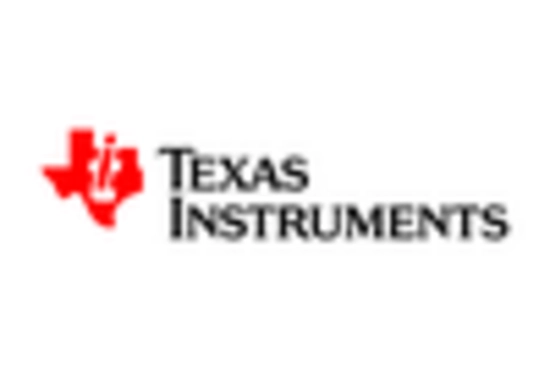








Leave a Comment